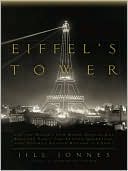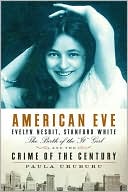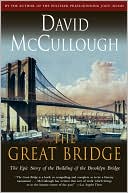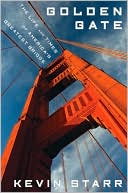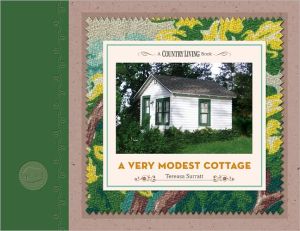Eiffel's Tower: And the World's Fair Where Buffalo Bill Beguiled Paris, the Artists Quarreled, and Thomas Edison Became a Count
Search in google:
The story of the world-famous monument and the extraordinary world's fair that introduced itSince it opened in May 1889, the Eiffel Tower has been an iconic image of modern times-as much a beacon of technological progress as an enduring symbol of Paris and French culture. But as engineer Gustave Eiffel built the now-famous landmark to be the spectacular centerpiece of the 1889 World's Fair, he stirred up a storm of vitriol from Parisian tastemakers, lawsuits, and predictions of certain structural calamity.In Eiffel's Tower, Jill Jonnes, critically acclaimed author of Conquering Gotham, presents a compelling account of the tower's creation and a superb portrait of Belle Epoque France. As Eiffel held court that summer atop his one-thousand-foot tower, a remarkable host of artists and personalities-Buffalo Bill, Annie Oakley, Gauguin, Whistler, and Edison-traveled to Paris and the Exposition Universelle to mingle and make their mark.Like The Devil in the White City, Brunelleschi's Dome, and David McCullough's accounts of the building of the Panama Canal and the Brooklyn Bridge, Eiffel's Tower combines technological and social history and biography to create a richly textured portrayal of an age of aspiration, dreams, and progress.Publishers WeeklyA colorful cast of characters descended on Paris for the 1889 World's Fair, and Jonnes (Conquering Gotham) offers an atmospheric overview of the celebrities who made belle époque Paris their stage during the memorable event. Annie Oakley amazed crowds with her precisely executed shots. Thomas Edison, a master at promoting both himself and modern technology, chafed at the leisurely French way of life, delighted the masses with his phonograph and chatted with Louis Pasteur at his institute. Paul Gauguin was enthralled by a troupe of Javanese temple dancers and miffed that the Americans only intended to exhibit 17 of his 27 etchings, while James McNeill Whistler, who delighted in provocations and feuds, decamped to the British, who displayed even fewer of his works. The fair's undisputed main attraction both at the fair and in Jonnes's account, was the controversial wrought-iron tower of unprecedented height that, Jonnes says, appeals for both its technological genius and its "aerial playfulness and charm." It perfectly embodies "the triumph of the modern" that Jonnes so well captures in her sprightly account. Photos. (May 4)Copyright © Reed Business Information, a division of Reed Elsevier Inc. All rights reserved.
